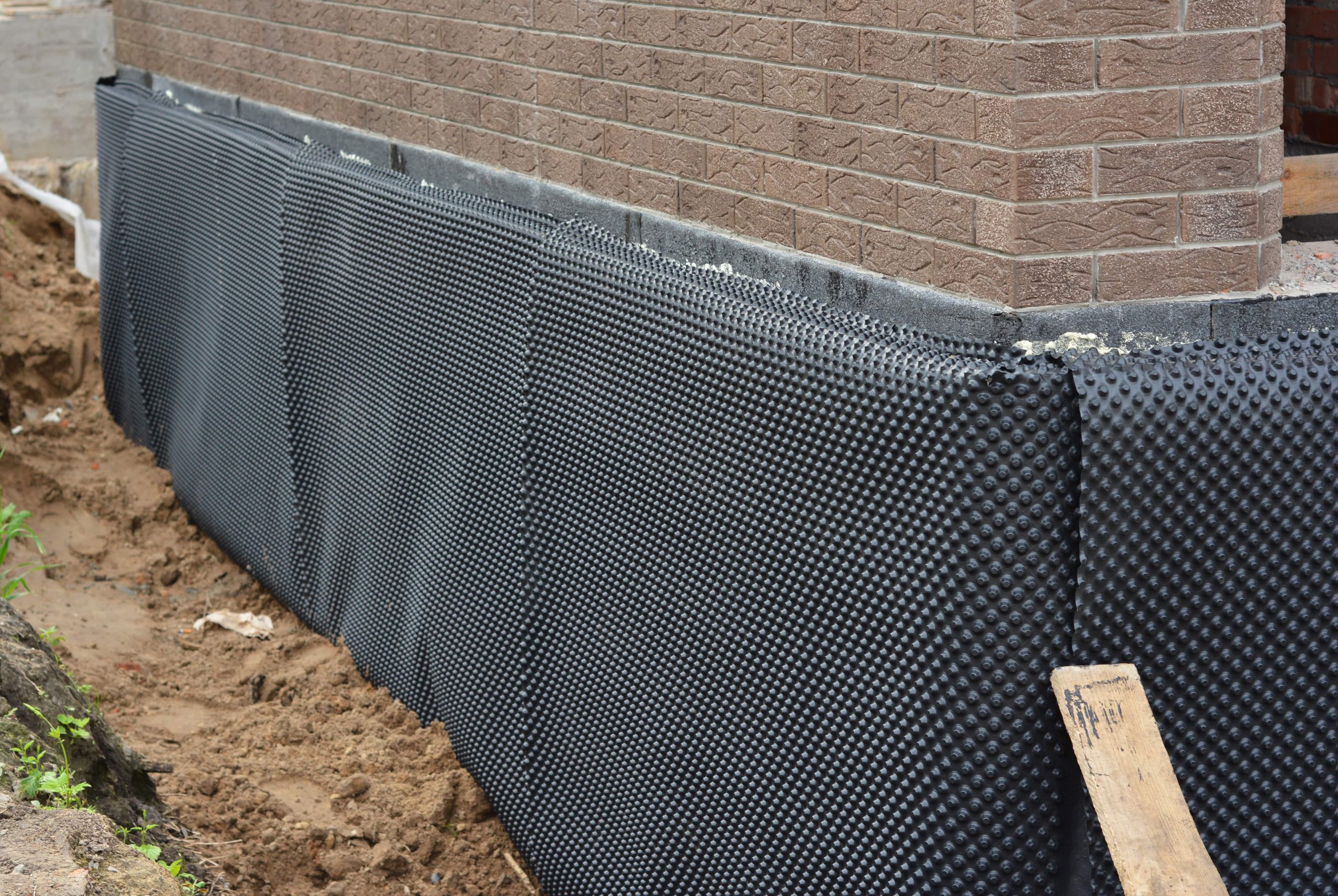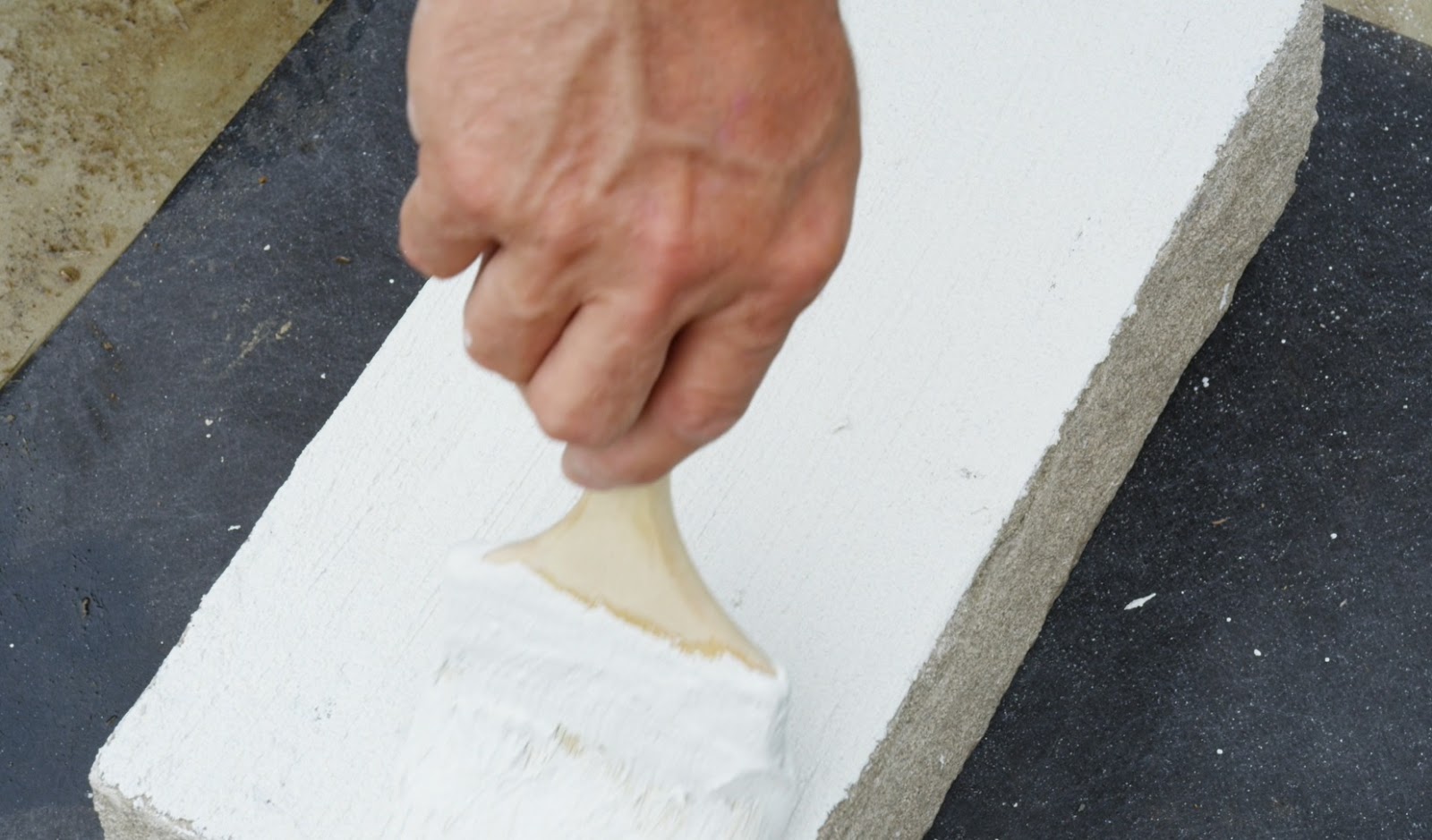Recognizing the Relevance of Damp Proofing in Averting Structural Damage
Moist proofing works as a vital protection against dampness infiltration in buildings. This safety procedure can protect against substantial structural damages, yet several homeowner stay uninformed of its significance. Identifying the indicators of moisture and comprehending the different services available can be necessary. Nonetheless, disregarding wet proofing can lead to severe repercussions. What are the certain dangers and solutions that homeowner should take into consideration?
What Is Damp Proofing and Exactly How Does It Function?
Damp proofing works as an essential obstacle versus wetness invasion in structures. damp proofing newcastle. This procedure involves using details materials and techniques to avoid water from permeating walls, floorings, and other architectural aspects. Typically, damp proofing can be attained with the installment of moist proof membranes, coverings, or the use of specialized sealants.These techniques work by producing a safety layer that prevents moisture movement, guaranteeing that the indoor environment continues to be dry and healthy and balanced. Wet proofing is particularly essential in locations vulnerable to high moisture or groundwater, as it aids preserve the integrity of the framework over time.Moreover, effective damp proofing adds to power effectiveness by protecting against warmth loss connected with damp settings. By attending to possible moisture problems prior to they escalate, damp proofing functions as a proactive step in protecting structures from the detrimental impacts of water damages, eventually extending their life-span and maintaining their value
Usual Indicators of Dampness in a Building
Wetness concerns within a building can materialize with several obvious indications that indicate the presence of wetness. One prominent sign is the look of water stains on walls or ceilings, which frequently suggests moisture seepage. In addition, peeling off or bubbling paint can suggest that excess humidity is caught below the surface, causing damage. An additional typical sign is the existence of mold and mildew and mold, which prosper in damp conditions and can commonly be identified by their musty odor. Furthermore, an increase in humidity degrees can cause condensation on windows and various other surface areas, highlighting wetness issues. Deformed or irregular floor covering may signify underlying wetness that endangers structural integrity. Identifying these signs early can aid mitigate potential damage and keep a risk-free living setting. Regular evaluations and timely action are crucial in addressing dampness problems prior to they rise.
The Dangers of Neglecting Damp Proofing
Ignoring wet proofing can result in substantial risks to a building's architectural integrity, as dampness build-up may deteriorate structures and wall surfaces. Additionally, extended wetness develops an atmosphere favorable to mold and mildew development, posing major carcinogen to residents. Dealing with these risks is important for making sure both safety and security and long life of the residential property.
Architectural Honesty Dangers
When property owners forget the relevance of effective damp proofing, they reveal their residential or commercial properties to significant structural honesty hazards. Long term dampness seepage can bring about the growth of mold and mildew, which weakens fundamental components and can compromise overall security. In addition, excess moisture can deteriorate concrete and brickwork, causing splits and architectural failures. Wood parts are particularly susceptible; they can rot and lose load-bearing capacity, presenting severe risks to the building's framework. Untreated moist problems might draw in pests, such as termites, which even more intensify structural damage. Eventually, overlooking moist proofing measures can cause pricey fixings and potential security dangers, underscoring the crucial role of aggressive damp administration in preserving the stability of houses.
Health Danger Worries
Just how can an apparently minor oversight bring about significant health and wellness threats? Neglecting wet proofing can develop an environment conducive to mold growth, which presents substantial health and wellness risks. Mold spores can set off allergic responses, respiratory concerns, and various other health difficulties, specifically in susceptible populations such as kids, the senior, and people with pre-existing conditions. Furthermore, relentless dampness can attract parasites like insects and rats, which bring conditions that better jeopardize health and wellness. The visibility of moisture likewise contributes to a decline in interior air high quality, worsening asthma and various other respiratory system ailments. The failing to deal with damp concerns not only endangers architectural stability yet likewise endangers the health of residents, highlighting the critical demand for effective moist proofing procedures.
Various Kinds Of Damp Proofing Solutions
Although different elements can contribute to damp problems in structures, picking the ideal damp proofing option is vital for maintaining structural integrity. Numerous choices are available, each customized to particular conditions.One typical option is a damp-proof membrane layer (DPM), usually made of polyethylene or bitumen, which is mounted in walls and floors to avoid wetness ingress. Another alternative is damp-proof courses (DPC), which are layers of waterproof product positioned within wall surfaces to obstruct rising damp.Chemical damp proofing includes infusing waterproofing chemicals right into walls to create an obstacle versus moisture. Furthermore, external treatments such as tanking, which entails applying a water-proof layer to the beyond structures, can be efficient in preventing water penetration.Each solution has its advantages and is chosen based on the building's details problems, environmental problems, and lasting maintenance considerations, making sure ideal protection versus damp-related damages.

The Price of Damp Damages vs. Avoidance
Recognizing the financial ramifications of wet damages compared to avoidance highlights the significance of aggressive actions. The prices related to wet damages can be considerable, including repairs to structural components, mold and mildew remediation, and possible health-related expenditures. Home owners might deal with significant financial stress if comprehensive damages takes place, causing enhanced insurance costs and shed home value.In contrast, spending in wet proofing options is usually much much more cost-effective. Initial costs for prevention approaches, such as mounting damp-proof membranes or enhancing water drainage systems, are typically surpassed by the long-term financial savings from avoiding pricey fixings. Additionally, avoiding wet problems can enhance a residential or commercial property's total worth and appeal, making it a smart investment. When examining the cost of wet damage versus avoidance, it ends up being clear that taking positive actions can protect financial rate of interests and keep the stability of the residential or commercial property in time.
Selecting the Right Damp Proofing Method for Your Residential or commercial property
Which wet proofing technique is most ideal for a specific property commonly depends upon various aspects, consisting of the structure's age, existing moisture issues, and regional ecological conditions. For older frameworks, conventional approaches such as bitumen membranes or cementitious finishes might be more reliable, as they can supply a robust barrier versus climbing moist. more info In contrast, more recent structures may take advantage of contemporary remedies like infused damp-proof programs, which are less intrusive and can be tailored to details wetness challenges.Additionally, residential or commercial properties in locations with high water tables or hefty rainfall might call for even more sophisticated techniques, such as tooth cavity wall surface drain systems or exterior waterproofing. House owners must likewise consider the particular products made use of in their building's building, as some methods may not be compatible. Ultimately, a thorough assessment by a specialist can direct property owners in picking the most reliable damp proofing technique tailored to their special situations.
Preserving Your Damp Proofing System Over Time
Routine maintenance of a wet proofing system is necessary for ensuring its long-lasting effectiveness and safeguarding a home from moisture-related damage. Homeowner ought to carry out regular evaluations to recognize any kind of indications of wear or compromise in the wet proofing layer. This includes checking for splits, peeling paint, or mold growth, which may suggest moisture intrusion.Additionally, it is suggested to clean rain gutters and downspouts frequently to avoid water buildup around the structure. If deterioration is observed.Engaging expert services for routine assessments can even more enhance the resilience of the system, reapplying membranes or sealers may be required. These specialists can offer insights right into prospective susceptabilities and recommend prompt repairs.
Regularly Asked Inquiries
The Length Of Time Does Damp Proofing Treatment Last Before Needing Fixings?
The durability of moist proofing treatment generally ranges from 10 to 30 years, depending upon elements such as the approach utilized, environmental problems, and maintenance methods. Regular examinations can assist establish when repair work might be necessary.
Is DIY Damp Proofing Effective Contrasted to Specialist Solutions?
The effectiveness of DIY wet proofing differs considerably. damp specialist newcastle. While some people might accomplish satisfactory outcomes, expert services generally ensure detailed services, leveraging know-how and top quality products to stop future problems more accurately than most DIY efforts
Can Damp Proofing Improve Indoor Air Quality?
The question of whether wet proofing can improve interior air quality arises regularly. Reliable moist proofing decreases moisture degrees, thereby lessening mold and mildew growth and allergens, eventually adding to a healthier interior setting for residents.
Exist Specific Laws for Damp Proofing in Different Locations?
Rules for wet proofing differ by region, frequently influenced by regional structure codes and environmental conditions. Compliance guarantees effective moisture control, advertising and securing structures security, which highlights the necessity for adherence to these details policies.

What Are the Long-Term Advantages of Proper Damp Proofing?
The long-lasting benefits of proper damp proofing consist of boosted structural integrity, minimized upkeep expenses, enhanced interior air top quality, and boosted property value. These benefits add to a healthier living atmosphere and extended life-span of structures. Usually, wet proofing can be achieved with the installment of damp evidence membrane layers, layers, or the usage of specialized sealants.These techniques work by creating a protective layer that inhibits dampness motion, ensuring that the interior setting continues to be completely dry and healthy. Damp proofing is especially vital in areas prone to high humidity or groundwater, as it helps preserve the integrity of the structure over time.Moreover, efficient damp proofing contributes to power effectiveness by protecting against warm loss connected with damp atmospheres. Neglecting moist proofing can lead to substantial threats to a structure's structural stability, as dampness buildup might weaken structures and wall surfaces (damp proofing newcastle). Numerous variables can add to damp concerns in buildings, picking the appropriate moist proofing remedy is crucial for maintaining architectural stability. Which damp proofing method is most suitable for a specific property frequently depends on various factors, consisting of the building's age, existing dampness issues, and neighborhood environmental problems